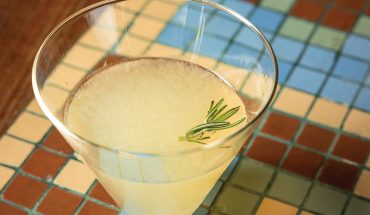by Kaitlyn Goalen
photographs by Jillian Clark
Spring is about hedging expectations.
The season promises to redeem us from the cold, frost, and boredom of winter produce with fresh greens, young peas, and asparagus spears.
But that promise comes with a caveat: Spring is flaky. Like the friend you have to give a 15-minute head-start because she is notoriously late, spring’s growing season is never a sure bet.
This can be endlessly frustrating for cooks and gardeners, who wait eagerly for spring produce to arrive, only to be thwarted by late frosts and colder-than-average temperatures.
Then again, there’s always rhubarb. This brightly-hued stalk is a constant in the otherwise-shifting timeline of spring arrivals, thanks to its proclivity for cold weather. In Raleigh, rhubarb – ranging from flamingo pink to ruby – reliably begins to appear starting in late March and extends through mid May.
And yet this dependable vegetable gets the short end of the stalk when it comes to cooking. As a quick Google search will reveal, rhubarb appears almost exclusively in dessert and preserves recipes, despite the fact that it has a bright, acidic flavor which, in my mind, can do backflips around a savory dish.
One new cookbook, Root to Leaf by chef Steven Satterfield of Miller Union restaurant in Atlanta, validated my assertion that rhubarb can be used in savory preparations. Satterfield suggests simple roasted rhubarb as a bedfellow to roasted spring chicken or even lamb.
In my kitchen, rhubarb’s tangy stems cut through the richness of a cheesy potato gratin, adding a pop of spring color to boot. I’ve also added diced rhubarb to a spring risotto with morels and asparagus, and roasted the stalks to make remoulade for fried shrimp.
It’s time to give this spring reliable its due.






